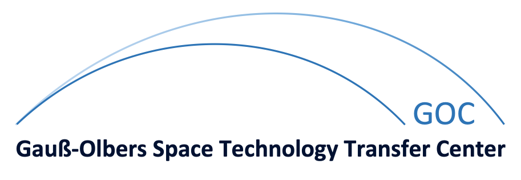Network Coded HARQ and its Application in LTE
Network coded HARQ is a novel idea for unicast applying network coding principles to the commonly used HARQ retransmission protocols. Throughput enhancements of up to 25% can be expected by means of added control signaling and signal processing. Given the exponentially increasing demand for mobile data traffic on one hand and spectrum scarcity on the other, such a performance enhancement could be very valuable.
With Network coded HARQ, a first packet P1 is transmitted from the transmitter to the receiver in a first timeslot in a first HARQ process, and a second packet P2 in a second timeslot in a second HARQ process. Link adaptation is tuned such that the transmissions of both P1 and P2 will result in CRC failures. To correct both P1 and P2, a combined retransmission of the superposition P1+P2 is performed in a later time slot, where P1+P2 shall denote the addition of P1 and P2 before or after encoding (modulo-2 addition) or after modulation (complex-valued addition, possibly with weighting function). From noisy estimates of P1, P2 and P1+P2 the receiver needs to reconstruct P1 and P2 by means of adequate soft decision detection algorithms.
The major objectives are to develop suitable soft detection algorithms and to assess the potential of network coded HARQ by means of link level simulations under assumptions realistic for the LTE system.
Details
| Laufzeit: | 05/2011 - 04/2012 |
| Förderung: | Alcatel-Lucent |
Publikationen
-
A Turbo-Like Iterative Decoding Algorithm for Network Coded HARQ
BibTEX

Y. Lang, D. Wübben, A. Dekorsy, V. Braun, U. Doetsch
9th International ITG Conference on Systems, Communications and Coding (SCC 2013), Munich, Deutschland, 21. - 24. Januar 2013 -
Improved HARQ based on Network Coding and its Application in LTE
BibTEX

Y. Lang, D. Wübben, A. Dekorsy, V. Braun, U. Doetsch
IEEE Wireless Communications and Networking Conference (WCNC 2012) , Paris, Frankreich, 1. - 4. April 2012







